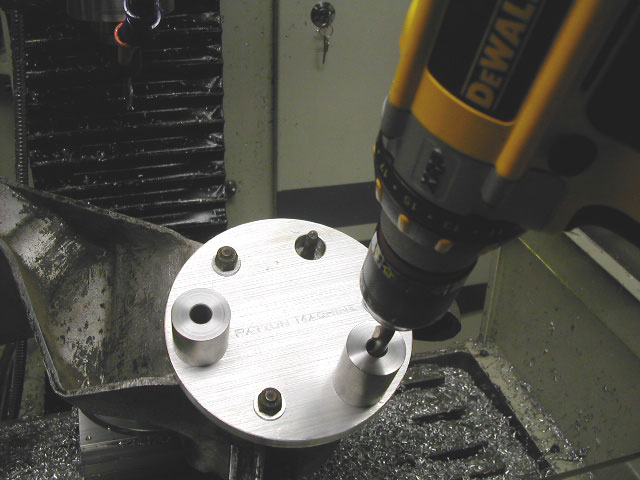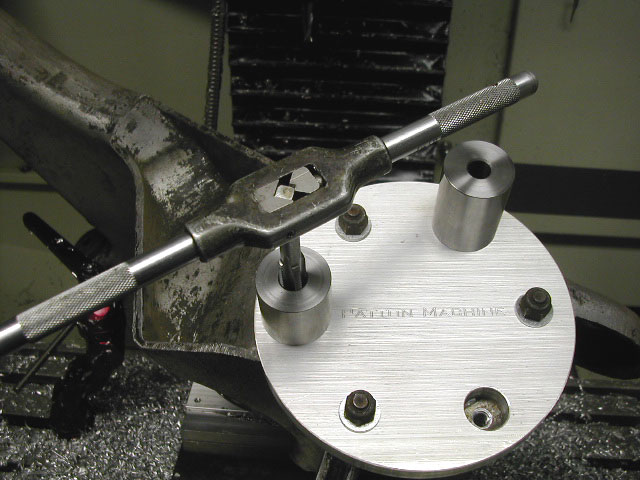In my last post concerning torque, Ron suggested using course threaded studs. I was told that fine threads actually hold better since there is more surface area making contact on both surfaces? Please correct me if I am wrong.
Also, Goodparts does sell upgraded 3/8 inch, grade 8 studs with matching nuts (stock are 5/16"), but they look like fine threads. Tinster's story about his wheel falling off makes me nervous. His advice is especially good for me since I have twisted off bolts, especially low torque bolts in the past, when I have tried to tighten by "feel" (which is why I use a torque wrench religiously now).I admit I did not find my rear axle bolted to aluminum to be comforting to begin with. Would putting in those upgraded studs really make them any safer? Who would I take my trailing arm to to to get this done, and what would be the cost? My car has been on blocks since August, and I will probably be snowed in for the next 2-4 weeks. I don't mind waiting to get this done if it makes sense to do so. Your opinions and comments are always appreciated.
Kevin
Also, Goodparts does sell upgraded 3/8 inch, grade 8 studs with matching nuts (stock are 5/16"), but they look like fine threads. Tinster's story about his wheel falling off makes me nervous. His advice is especially good for me since I have twisted off bolts, especially low torque bolts in the past, when I have tried to tighten by "feel" (which is why I use a torque wrench religiously now).I admit I did not find my rear axle bolted to aluminum to be comforting to begin with. Would putting in those upgraded studs really make them any safer? Who would I take my trailing arm to to to get this done, and what would be the cost? My car has been on blocks since August, and I will probably be snowed in for the next 2-4 weeks. I don't mind waiting to get this done if it makes sense to do so. Your opinions and comments are always appreciated.
Kevin

 Hey there Guest!
Hey there Guest!
 smilie in place of the real @
smilie in place of the real @
 Pretty Please - add it to our Events forum(s) and add to the calendar! >>
Pretty Please - add it to our Events forum(s) and add to the calendar! >> 




 A friendly reminder - be careful what links you click on here. If a link is posted by someone you don't know, or the URL looks fishy, DON'T CLICK. Spammers sometimes post links that lead to sites that can infect your computer, so be mindful what you click.
A friendly reminder - be careful what links you click on here. If a link is posted by someone you don't know, or the URL looks fishy, DON'T CLICK. Spammers sometimes post links that lead to sites that can infect your computer, so be mindful what you click.